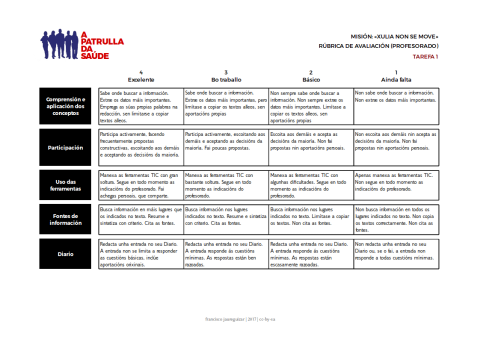Do you believe in the importance to health of a healthy and balanced diet?
What is a diet?
Do you know the Mediterranean Diet? And the Atlantic Diet?
Do you believe in the importance to health of a healthy and balanced diet?
What is a diet?
Do you know the Mediterranean Diet? And the Atlantic Diet?
Nutrition is one of the pillars of health and development. In people of all ages better nutrition can strengthen the immune system, contract fewer illnesses and enjoy a stronger health. (1)
According to the WHO, an unhealthy diet is a major risk factor for cardiovascular disease, cancer and diabetes.
(1) Source: WHO, "10 Nutrition Facts". Online resource. [Last accessed: 10/6/2017]
The decisions we make when it comes to food are very influenced by the environment in which we live.
There is a wide variety of feeding patterns in the world. There are studies that point out that some are healthier than others.
Look up in a dictionary the meaning of the term "diet." There are probably several definitions. Which one fits better in this project? Why?
Among the diets most closely linked to our community are the Mediterranean Diet and the Atlantic Diet. Both have a prominent place in the recommendations of nutrition experts.
In the website of the Fundación Dieta Mediterránea you can find a lot of information. Look for the "Decalogue" with the ten fundamental recommendations.
Research on the website of the Fundación Dieta Atlántica what this diet consists of.
Some recommendations for healthy eating are given on the World Health Organization (WHO) website. They advise limiting the consumption of salt, sugar and fats.
After collecting information on different diets, healthy eating and WHO recommendations, you can do some interactive activities, answering a number of questions. You will find them in the next page.
Each team collects information on the Net about different types of diets: Atlantic, Mediterranean, and other, to make a report.
Create a text document entitled "Benefits of Healthy Eating" in Google Drive.
Following the recommendations of the Mediterranean Diet, produce a table with a food list with three columns: foods that should be eaten frequently, foods that should be eaten in moderation, and foods that should be consumed only occasionally. Each column must name at least five foods. They will be accompanied by pictures of each of the foods.
Then, in the same text document, you will answer the following questions:
The report will be shared with the teacher.

To evaluate the task, the following rubrics will be used:
Read them carefully before starting the work and check at the end if you meet the requirements contained therein.
(HINT: You can also look at the rubric of the teacher, not only the students.)
Write a new entry in your Journal now. Tell what you have learned in this task.
Obra publicada con Licencia Creative Commons Reconocimiento Compartir igual 4.0